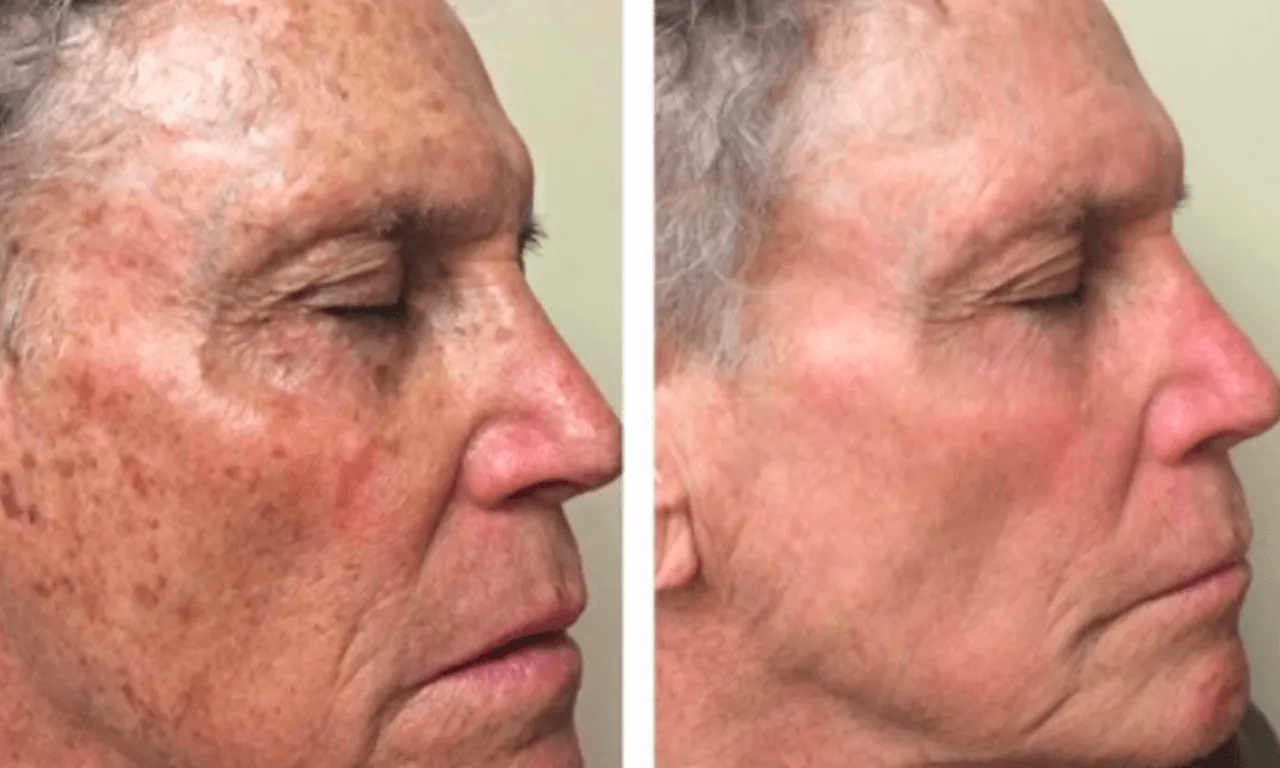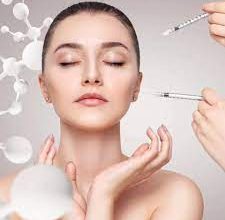You don’t notice it at first. A little dark mark on your cheek, maybe. Or something new along your forehead that doesn’t fade like the others. Then summer rolls around and boom—it’s back. Stronger. More obvious.
Sun damage has a way of sneaking up on you. It’s not always dramatic. Sometimes it’s just those lingering patches that make your skin look tired, even when you’re not. That’s where treatments for hyperpigmentation come in. And no, they’re not all the same.
So What Actually Causes These Spots?
Most people think it’s just the sun—and yeah, that’s a big one. UV exposure triggers melanin production, and over time, those areas just kind of…stick. But hormones (hello, melasma), inflammation from acne, and even bug bites can leave behind lingering pigment.
Hyperpigmentation is basically your skin being a little overprotective. It’s doing its job—just too well.
Not All Treatments Work the Same
There’s no magic serum. If there were, everyone would be using it. The real improvements happen when you target the pigment from multiple angles.
At places like Vitalize Skin Clinic in Markham, they tend to approach it in layers:
- Laser treatments that break up deep pigment without damaging the surface.
- Chemical peels that exfoliate and speed up cell turnover.
- Microneedling stimulates collagen and help fade scars and discoloration over time.
Each one has a different role. And the right combo depends on what your skin’s dealing with.
Let’s Talk Laser (Because It’s Not What You Think)
Some people hear “laser” and picture redness, burning, downtime. But newer systems—like the ones used at Vitalize—are way more advanced. They’re gentler, faster, and precise. The laser targets the melanin clusters beneath the skin and slowly breaks them apart.
It’s not instant, but you start to see fading after a couple sessions. And because it’s targeted, you’re not bleaching or lightening the whole area—just evening things out.
Chemical Peels Work Quietly But Effectively
These get written off as old-school, but when done right? They’re incredibly effective. A light peel can gently lift surface discoloration. Medium-depth ones go deeper—especially useful for melasma or stubborn spots from acne.
And bonus: they leave your skin feeling smoother overall. A good peel makes your moisturizer hit different.
Pairing It Up Works Better
This is where good skin planning comes in. One treatment can help, but the real shift happens when you layer them over time. A light peel after laser. Microneedling a few weeks later. It’s not aggressive—it’s strategic.
At clinics like Vitalize, they’ll usually map out a plan. It’s never one-size-fits-all, because your skin’s history matters.
One Thing You Do Have to Commit To
Sun protection.
It sounds obvious, but if you’re treating dark spots and not wearing SPF daily? You’re wasting your time and money. Every time you walk outside without protection, you risk triggering those pigment cells again.
Look for broad-spectrum physical sunscreens (zinc oxide is your friend). Reapply if you’re outside more than an hour. Wear the hat. Bring the umbrella. You’re not being extra—you’re protecting your progress.
It Doesn’t Have to Be Forever
The best part? Once the spots fade and you’re on a solid maintenance plan, you don’t have to keep coming back forever. Most people do a few intense treatments up front, then space them out or stop altogether.
You’ll still want to keep up good habits. Gentle exfoliation. Hydration. SPF. Maybe a touch-up treatment every now and then.
But that feeling when you look in the mirror and see your skin—not just the spots? That makes it all worth it.
So if you’re staring down some stubborn patches and wondering if anything actually works—yeah, it does. When you find the right people, the right tools, and a little bit of patience, the skin starts telling a different story.





